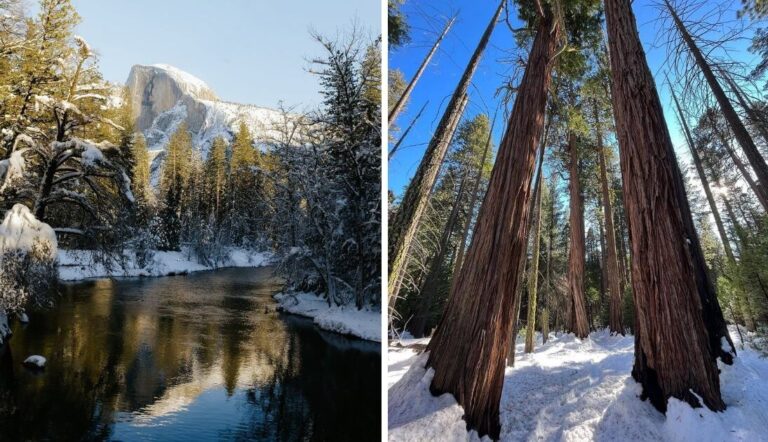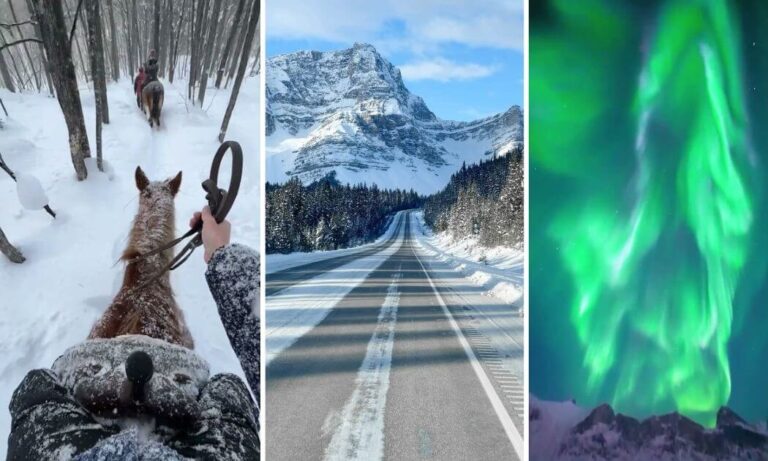These Mountain Escapes Heal More Than You Know
The moment I hit the trail and saw the mountain light split the skyline, I realized something: I wasn’t just out for a photo—it was a reset.
In those high-altitude quiet zones, the air feels cleaner, your pulse slows, and your thoughts finally stop sprinting ahead.
Every mountain escape I’ve taken since has reminded me that healing doesn’t always need grand plans—it can start with a view, a deep breath, and a few hours above the noise.
And that’s what this is really about: helping you plan your own kind of reset.
If your days have been too loud or your mind too full, these mountain escapes might just help you breathe again.
Here’s how to make them work for you.
Why Mountains Calm the Mind

You’ve probably heard that nature is “good for you,” but science now backs it up.
According to the American Psychological Association, time outdoors can lift your mood, sharpen focus, and calm anxious thoughts.
I felt that shift the first time I reached a ridge at dawn. The only sounds were wind and my boots brushing against loose gravel. The air felt cleaner, my breath slower.
Somewhere between each step, my thoughts stopped racing.
Here’s why that matters: When your mind finally slows, you start hearing what it’s been trying to say all along. That’s where real healing begins.
Next, let’s find the kind of escape that matches your rhythm.
Also read:
I Traveled the Appalachians Alone — and Found What I Didn’t Know I Was Missing
Pick Escapes That Match Your Energy
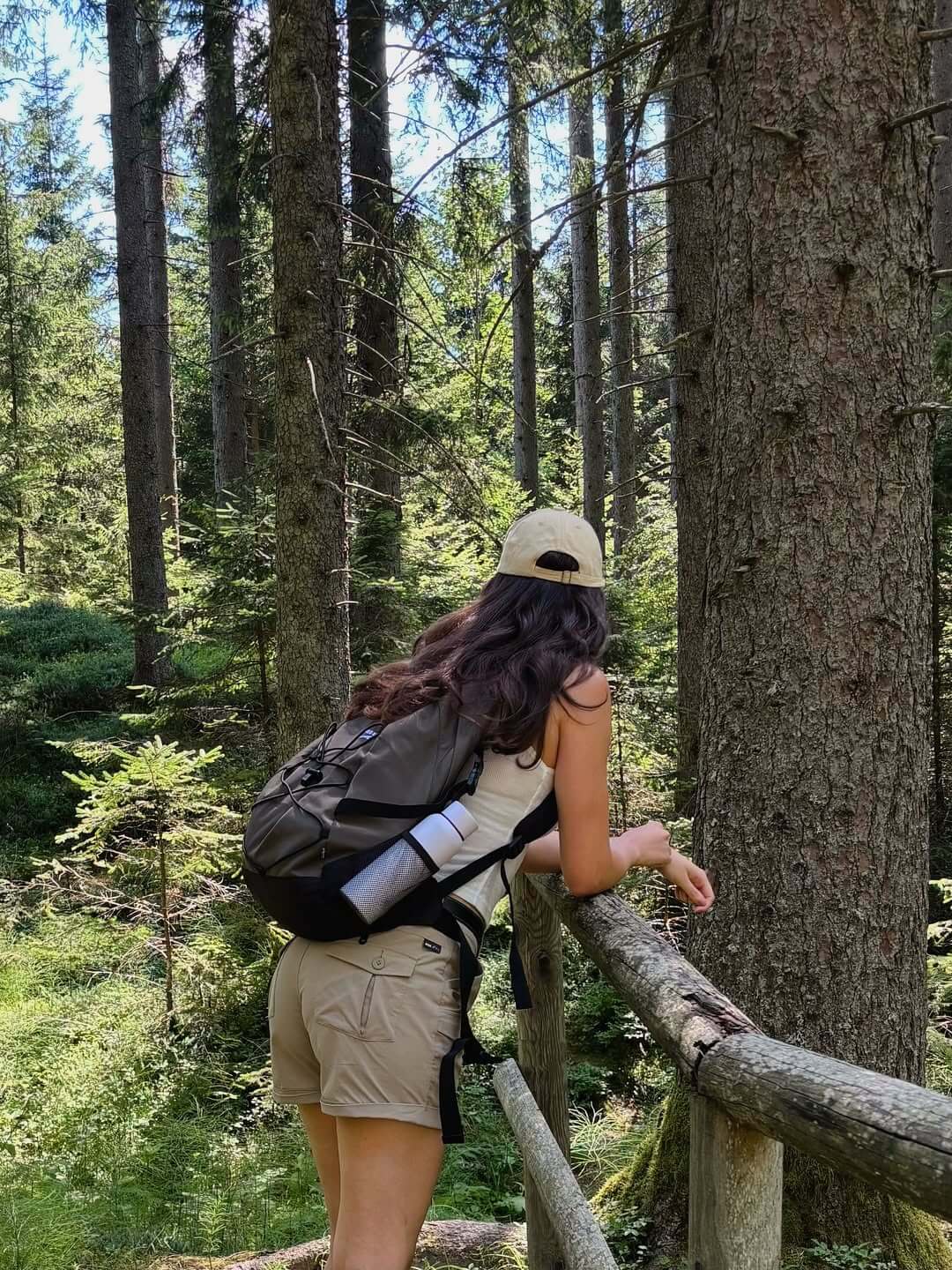
Every traveler recharges differently. Some find peace in stillness; others heal by movement.
If you crave quiet, take a short trip to a small cabin or mountain town where mornings are ruled by sunrise and coffee steam.
If activity resets you, choose trails that challenge without draining you. When I spent a weekend in a Blue Ridge Mountains cabin—no Wi-Fi, just a trail out back—I returned with a clearer head and lighter heart.
For quiet days, book cabins tucked away from main highways. For active trips, look for moderate trails of four to eight miles with scenic stops and safe footing.
While you’re there, plan a simple movement ritual—you’ll see why in the next section.
Rituals That Turn Escapes Into Healing
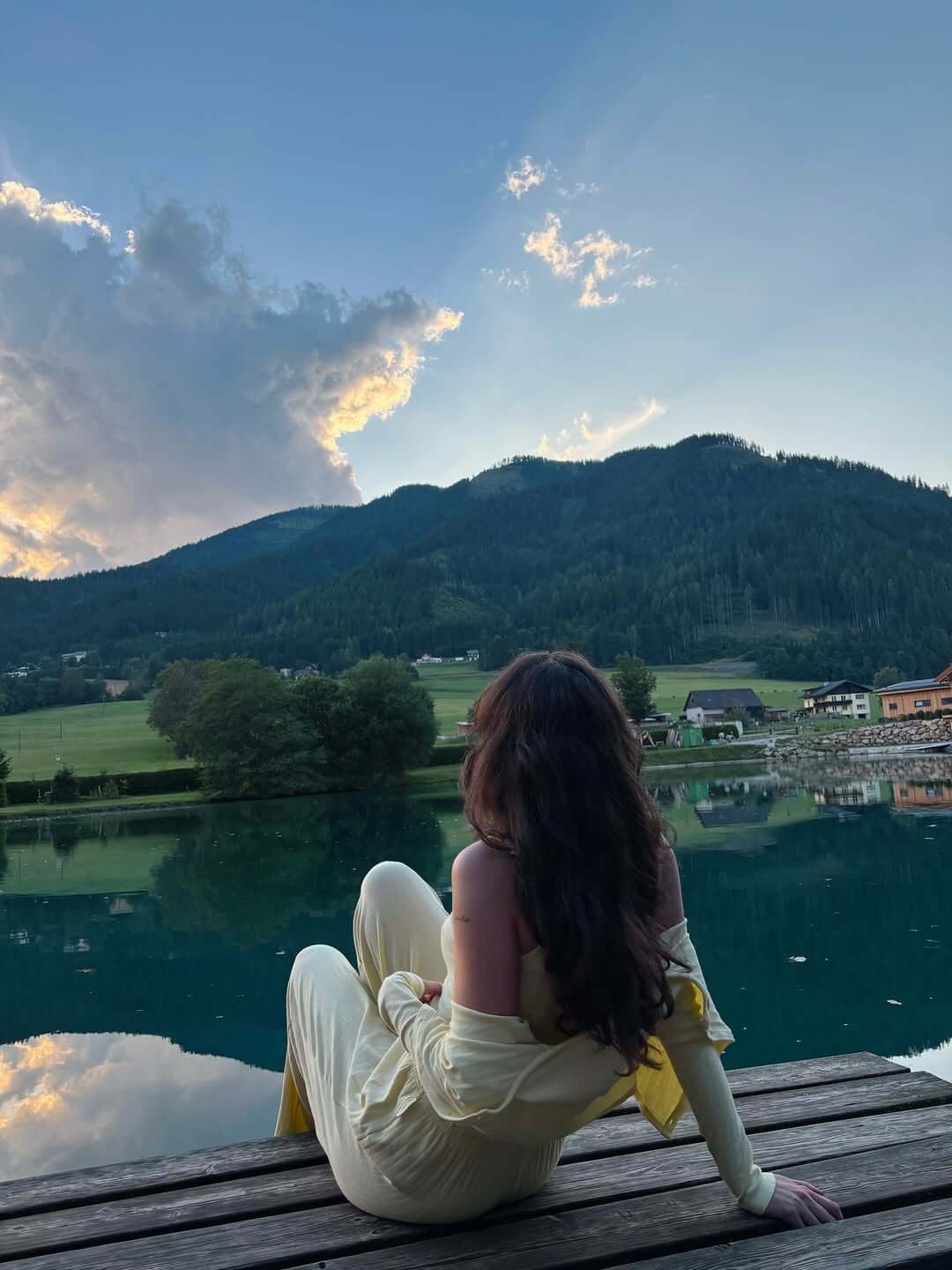
Healing doesn’t happen just because you leave home—it happens through what you do once you arrive. Try weaving these small habits into your next mountain escape.
Morning grounding walk. Before checking your phone, step outside for ten minutes. Feel the chill, breathe deep, and let your body wake before your mind starts running.
Digital pause. Give yourself one full day in airplane mode. It’s not about avoiding messages—it’s about letting silence remind you what matters.
Move with intention. Pick a slow trail and hike at a pace where you can still hold a conversation. During a trip to Jasper National Park, that slower rhythm helped me drop the mental noise I didn’t know I carried.
Sunset reflection. Bring a journal. As light fades, write three things you noticed—the scent of pine, the sound of water, the feel of wind. Tiny details anchor peace long after you’ve left.
When you make these rituals part of your travel rhythm, you turn a quick getaway into something your mind keeps returning to.
Where to Stay for the Right Kind of Reset
The right stay can deepen your rest as much as the view.
- Cabins work best for solitude seekers. Choose ones with wide windows, morning sun, and dark skies for stargazing.
- Mountain lodges offer warmth, comfort, and quick access to easy trails.
- Wellness retreats help when you want gentle structure—think sunrise yoga or guided nature walks.
Before booking, ask hosts about noise levels and sunrise visibility. I once stayed near Lake Tahoe, and simply asking if my cabin was away from highway hum changed the whole experience.
When you pick a stay that fits your energy, every sunrise feels like it’s meant for you.
What to Pack for a Healing Trip
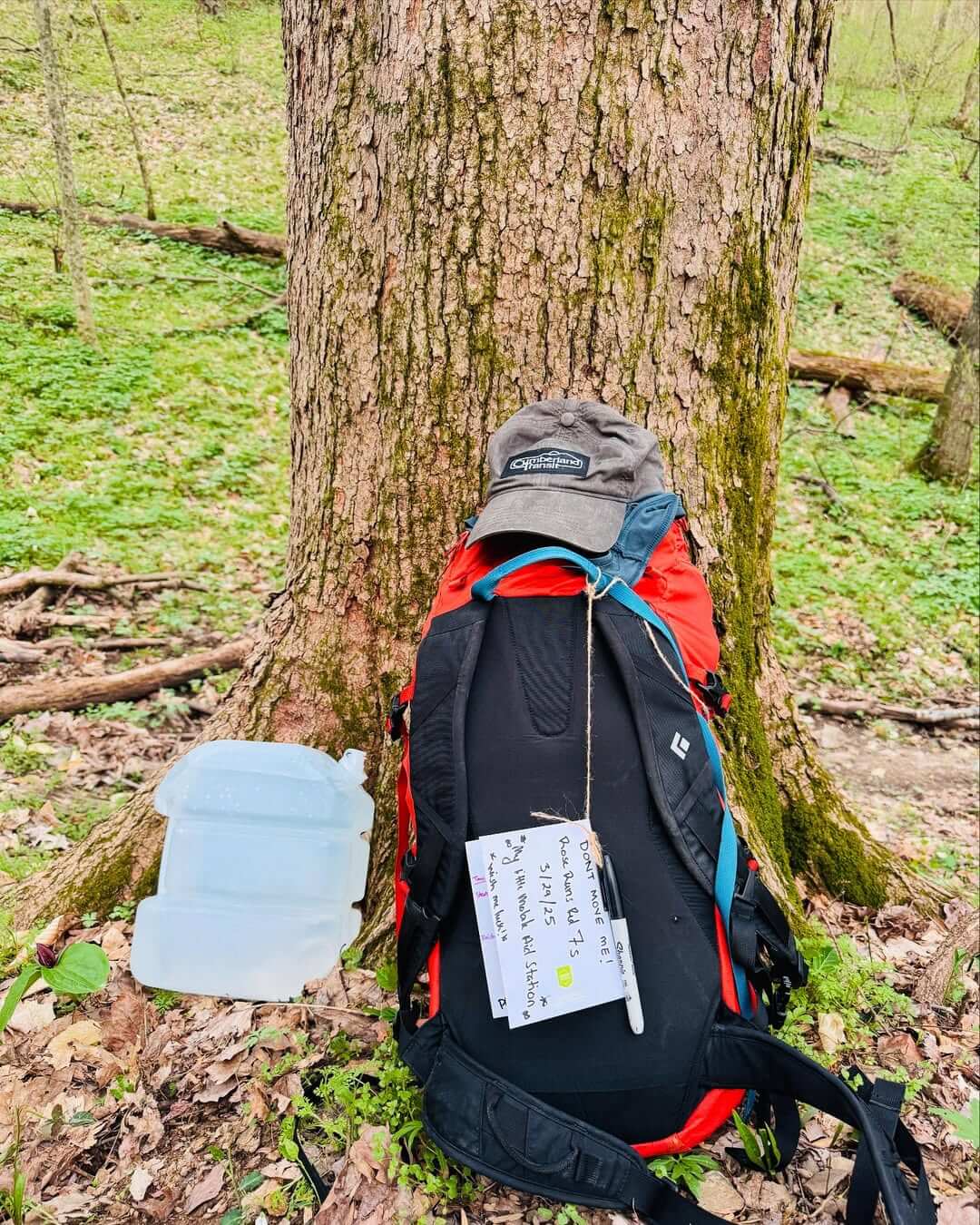
Pack with purpose—bring what supports calm, leave what clutters.
- Breathable layers: REI suggests a moisture-wicking base, warm mid-layer, and waterproof outer shell for changing mountain weather.
- Journal and pen for moments of reflection.
- Headlamp and thick socks for sunrise hikes.
- Reusable water bottle and simple filter if trails are remote.
- Small yoga mat or travel cushion for morning stretches.
The lighter you pack, the easier it is to stay present. You’re not chasing gear—you’re collecting quiet moments.
Small Mountain Escapes You Can Do on a Budget

You don’t need weeks off or a plane ticket to find peace. Even a short weekend can change your headspace.
Look for trails within three to four hours of your city. A quick night in a tent or budget lodge, a dawn hike, and a few quiet hours above the noise can reset your week.
If you’re headed into Colorado’s high altitudes, Visit Denver recommends drinking twice your usual amount of water to stay balanced at higher elevations—a simple way to feel good fast.
When distance isn’t possible, recreate a “mini escape” near home. Head to a local hill or rooftop at sunrise, leave your phone inside, and breathe for five minutes.
It’s not about the altitude—it’s about the pause.
Coming Back Down Changed
Here’s the truth: when you leave the mountains, you carry a new version of yourself back. You breathe differently. You move with more intention. You tap into a quiet reserve you didn’t know you had.
My last solo mountain escape left me more patient with my inbox, more present with strangers, more in tune with my next destination’s silence.
Challenge for you: Pick one “micro-mountain moment” each week. Maybe it’s 30 minutes on a rooftop at sunrise, or walking a nearby hill without headphones.
Bring that mountain space into your everyday.
Before you pack your bag, you might have a few quick questions.
Let’s cover the things travelers ask most, so your next mountain escape feels easy and grounded from the start.
FAQs About Mountain Escapes
How long should I stay to feel the mental benefits?
Even a two-day break can clear your mind. Give yourself at least one full sunrise and sunset in the same place—you’ll feel the reset kick in once your pace slows and the quiet sets in.
What’s the best season for a peaceful mountain escape?
Late spring and early fall are perfect. Trails are open, mornings are crisp, and there’s just enough warmth in the day for comfort without the crowds or heavy snow.
How do I stay comfortable at higher elevations?
Drink more water than usual, move slowly for the first day, and listen to your body. A steady rhythm works better than rushing when you’re adjusting to altitude.
How do I keep that calm feeling after returning home?
Set aside a “mountain minute” each day—no phone, no music, just a few quiet breaths. It’s a small habit that carries that same mountain peace into daily life.
Do I need a lot of fancy gear for short trips?
Not at all. A few breathable layers, solid shoes, and a good jacket are enough. Comfort beats gear lists every time.
Conclusion
Every time I head back down the mountain, I feel lighter. The quiet lingers long after the trip ends, like the echo of wind through the trees.
Mountains have a way of showing you what really matters—they remind you to slow down, breathe, and live wide awake.
You don’t need a big trip to feel that peace. Even one weekend away, one sunrise above the clouds, or one pause on a nearby trail can shift everything.
Now I’d love to hear from you—what mountain changed you, or which one’s calling your name next?
Drop it in the comments. Let’s swap places that heal the soul.
RELATED:
I Traveled the Appalachians Alone — and Found What I Didn’t Know I Was Missing





